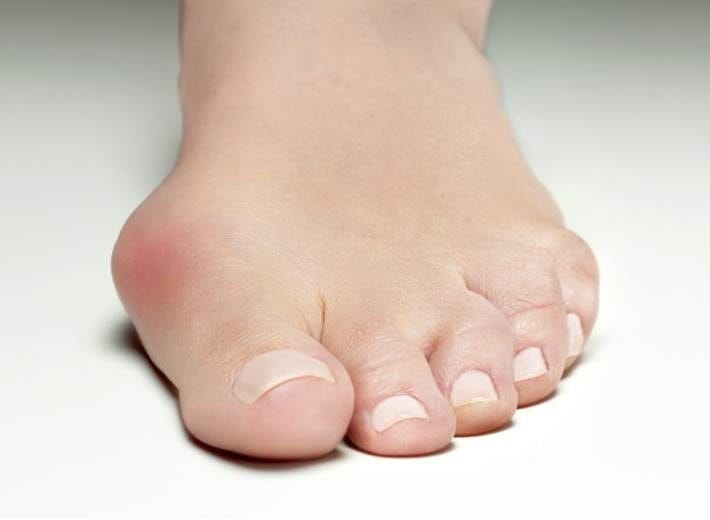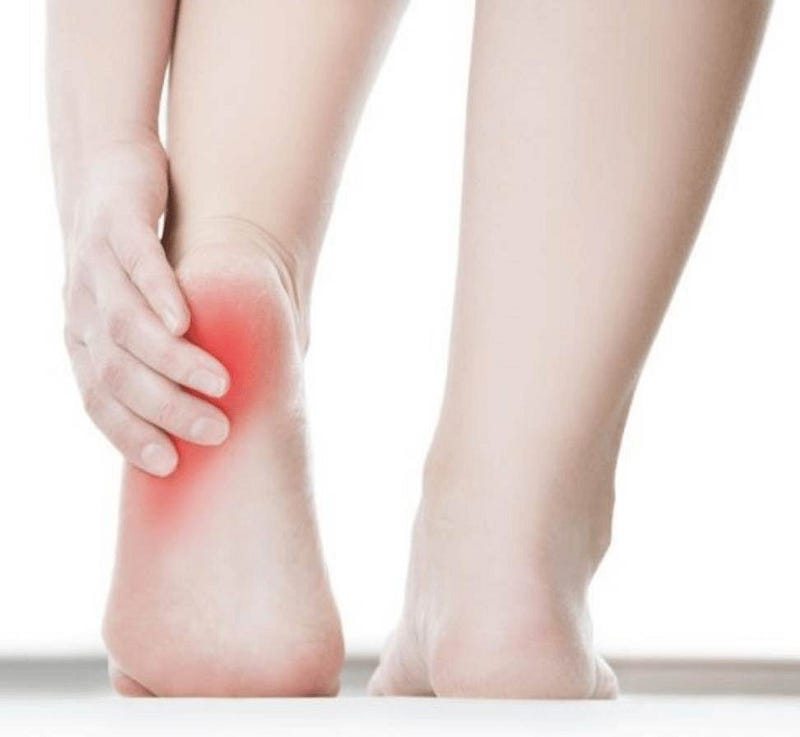Knowing Bunions: Reasons and Symptoms
A common foot condition called bunions, often called hallux valgus, results from the big toe pushing towards the second toe creating a bony hump at the base of the toe. Particularly with shoe wear, the condition may be uncomfortable and painful. Over time, bunions arise from a variety of causes, including heredity, inappropriate shoes, or other medical disorders. Those who wear tight, pointed shoes or are on their feet for long stretches might be more likely to get bunions. Effective treatment choices depend on an awareness of the origins and symptoms of bunions.
Investigating Non-Surgical Bunion Solution Choices
Although surgery is a typical choice for severe bunion instances, many people choose non-surgical bunion treatments to reduce pain and stop further development of the disorder. Wearing orthoses, including bunion pads, insoles, and toe separators, is one of the most often used non-invasive techniques. These tools provide great assistance by realigning the toes and relieving bunion strain. Moreover, physical treatment activities may assist in increasing flexibility and strengthening foot muscles, therefore minimizing the aggravation of the problem. These therapies used in concert may be very successful in controlling bunions without resorting to surgery.

Why Would One Want Bunion Treatment Without Surgery?
Selecting Bunion Healing Without Surgery For individuals wishing to avoid the dangers connected with surgical operations, Sydney might be a great choice. Usually, less intrusive, non-surgical therapies have a shorter recovery period and cause less pain. Early to moderate instances of bunions may be addressed with these choices, therefore lowering discomfort, edema, and inflammation. Furthermore, those who have health-related reasons for not being qualified candidates for surgery might find these substitutes beneficial. Choosing non-surgical treatments allows patients to continue active lives free from the necessity for extended recovery times related to surgery.
Modifications in Footwear: Essential Component of Treatment
Managing and reducing the symptoms of bunions depends much on appropriate shoes. Shoes with plenty of toe space and appropriate arch support may help to lower bunion discomfort and stop further deformity. Steer clear of tight shoes, high heels, or shoes with a tiny toe box when selecting shoes for bunion therapy. Choose instead soft, wide-toed shoes that permit natural toe mobility. Custom orthotic insoles may also provide extra support and cushioning, therefore guaranteeing comfort all day and efficiently controlling bunion discomfort.
Modalities of Change to Control Bunion Pain
Apart from orthotics and adjustments in footwear, several lifestyle choices might assist control of bunion remedies. Frequent foot exercises help to increase foot flexibility, strength, and circulation, therefore lowering the likelihood of further deformity. Ankle rotations, toe stretches, and toe curls are a few easy workouts that assist in strengthening foot muscles and correct alignment. Maintaining a good weight is also crucial if one wants to lessen foot pressure. Steering clear of extended standing or walking in inappropriate shoes can assist in avoiding further strain and pain. Those who use a comprehensive strategy may better control bunions without turning to surgery.
When ought one to think about surgical intervention?
Although many non-surgical therapies are successful, sometimes surgical intervention may be required. Should the bunion create increased discomfort, trouble walking, or interfere with everyday activities, surgery may be the most suitable course of treatment. With non-surgical Bunion Treatment without Surgery Sydney choices, most patients with bunions may adequately control their disease. Whether surgery or a mix of non-invasive therapies is involved, seeing a podiatrist may assist in ascertaining the best line of action.

Conclusion:
Bunions are a frequent ailment that may be satisfactorily controlled with bunion remedies instead of surgery. Orthotics, physical therapy, shoe adjustments, and lifestyle changes are non-invasive choices that may greatly help and stop further advancement. Should surgery be required, it is the last choice for more serious conditions. By means of expert advice, like that provided by the Sydney Bunion Clinic, people may ascertain the optimal strategy for controlling their bunions and enhancing their quality of life.
Comments
Post a Comment